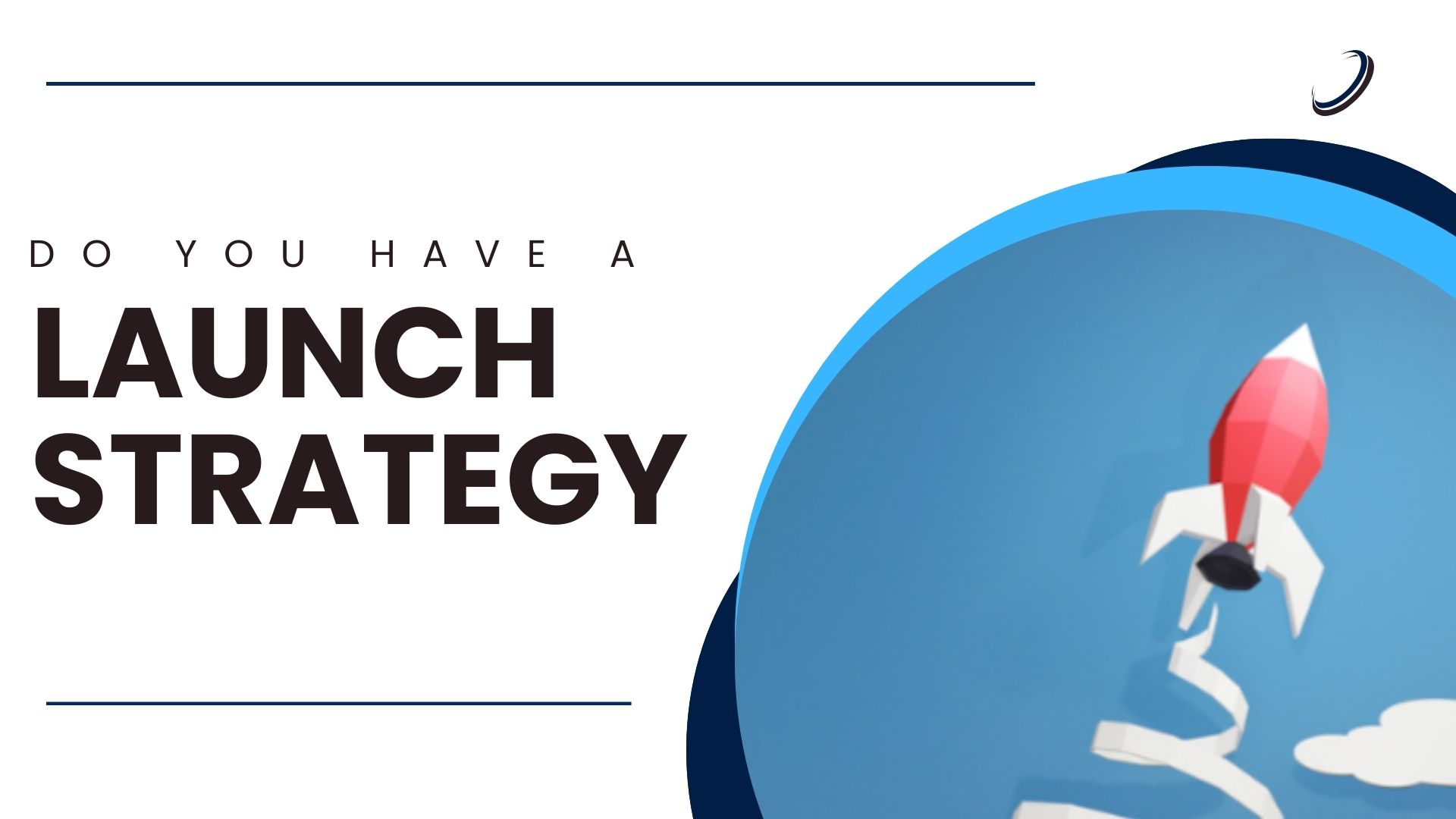
Launching a game is a thrilling moment for any game developer. However, the success of a game launch doesn’t happen by chance. It requires careful planning, execution, and a well-thought-out launch strategy – a roadmap to ignite player interest, generate buzz, and ensure your game doesn’t get lost in the crowded digital marketplace. In this article, we’ll explore what a game launch strategy is, why it’s crucial, and provide actionable items indie developers can implement to ensure a successful game launch.
What is a Game Launch Strategy?
A game launch strategy is a comprehensive plan outlining the steps and tactics you will take to successfully introduce your game to the market. Which, at first glance seems simple – but isn’t a particularly helpful definition. It’s like defining game development as the steps and tactics to successfully develop your game. Technically true, but pretty useless.
What it really involves is looking at actions, decisions, and materials you need to make pre-launch, during launch, and in the post-launch phase of your game. And, within those, consider how best to utilize organic & paid marketing, social media, community engagement, platforms, and more. While these vectors will generally stay consistent across all your games, you’ll need to tweak your strategy from title to title.
To provide some actual specifics, here are some aspects you’ll need to consider as you’re putting your strategy & plan together.
- Your target market and audience
- Your value proposition and unique selling points
- Your marketing channels and platforms
- Your pricing and monetization model
- Your launch date and milestones
- Your post-launch support and updates
Why is a Launch Strategy Important?
Simply put, it’s how you get your game in front of players. The number of gamers in the world is large. Really large, but the number of players that would be interested in your game is much smaller. This is actually great – if you can tap into that group, you will have a much stronger chance of building an audience and finding success. Your strategy is how you find, reach, and interact with this audience. So, let’s look at some specific reasons why this is crucial.
Visibility in a Crowded Market
In 2023 there were over 14,000 games released on Steam. To say the market is competitive is an understatement. I’ll assume you’ve got the quality part handled, which will help sustain your sales, but it’s not enough (unfortunately) to really draw an audience. That’s why developing a strategy is so important – It helps you stand out among the 100+ games released each day.
Building Anticipation
So, after you define and reach your audience, a strategy helps you build excitement and anticipation about your game. This will further build your audience, help you get reviews, and kickstart word-of-mouth for your game.
Optimizing Revenue Potential
You wouldn’t be reading this if the financial aspect of your game wasn’t important. This touches on a critical reason why your strategy is so important. It helps you maximize your revenue potential (but said in a less corporate-y way) by driving pre-orders, early access sales, reviews, articles, videos & content that can lead to a more lucrative launch.
Creating Your Launch Strategy
All right, let’s dive into some actual specifics. The information here can help you build your own strategy or equip you to have better and more productive discussions with potential marketing or publishing partners – should you choose that route.
Define Your Target Audience
- Identify the demographic and psychographic characteristics of your ideal players.
- Tailor your marketing messages, visuals, and gameplay elements to resonate with your target audience.
Create Compelling Video Content
- Develop a high-quality, engaging game trailer that highlights key features.
- Design visually appealing assets for promotional materials, including screenshots and promotional images for social media.
- Create content for interest & algorithmic social media – TikTok, Youtube Shorts, and Instagram Reels to expand your visibility.
Build a Community Early
- Start building a community around your game well before the launch.
- Utilize social media, forums, and other platforms to engage with potential players.
- Offer exclusive content or early access to community members to incentivize participation.
Utilize Influencer Marketing
- Identify influencers who align with your game and target audience.
- Reach out to them for potential collaboration, such as early access gameplay reviews or live streams.
Leverage Pre-Orders and Early Access
- Offer pre-orders with exclusive bonuses to incentivize early commitments.
- Consider an early access phase to gather player feedback and generate additional revenue.
Find, Research, and Secure Media Coverage
- Reach out to gaming journalists, bloggers, and influencers for potential coverage.
- Prepare press kits and materials that make it easy for media outlets to cover your game.
Monitor and Respond to Feedback
- Actively monitor player feedback on forums, social media, and reviews.
- Respond promptly and consider implementing necessary updates or fixes.
- This applies not just to your game, but to your strategy as a whole – learn what is working, and increase your focus on those vectors.
Post-Launch Support and Updates
- Plan for post-launch support and updates to keep players engaged.
- Gather insights from the launch to inform future updates and improvements.
- Consider how to support your game as and shortly after release (the Launch Window) as well as tactics to continue to drive interest and sales over the long term.
Conclusion
A successful launch isn’t a stroke of luck, it’s the result of careful planning and execution. A well-crafted launch strategy can make all the difference between a game that fades into obscurity and one that achieves lasting success. By defining your target audience, creating compelling visuals, building a community, and strategically utilizing various marketing tactics, you can significantly improve your game’s chances of success.
